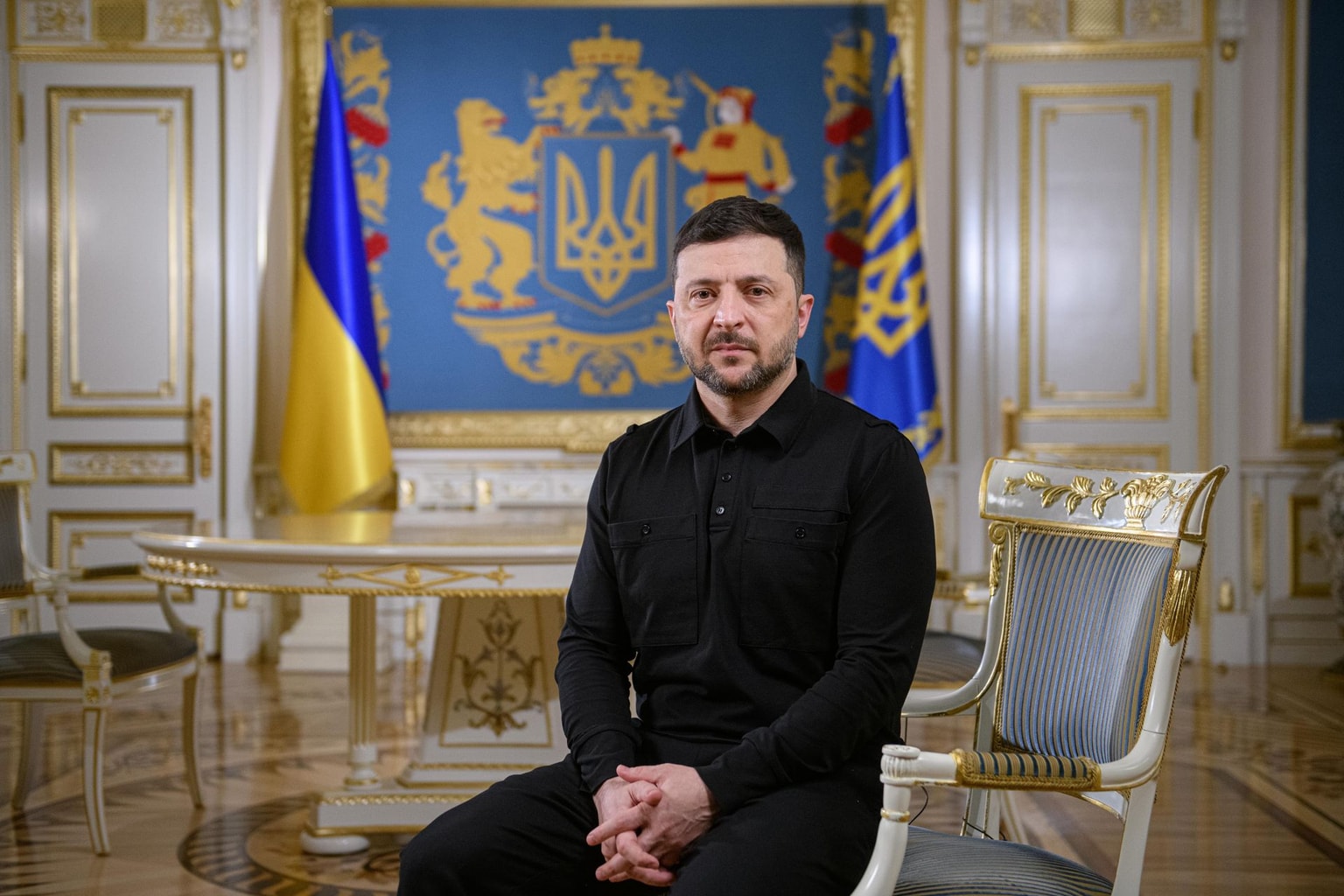Ukraine approves Bird of Prey drone system for combat

Ukraine's Defense Ministry announced on March 26 that it has approved the domestically produced Bird of Prey unmanned aviation system for combat operations.
The system was developed based on battlefield experience, optimizing its effectiveness against enemy vehicles and fortified positions, the ministry said.
The drones are equipped with payloads capable of striking heavy equipment such as tanks, armored personnel carriers, and self-propelled artillery, as well as fortified dugouts.
"The Bird of Prey has already proven its effectiveness in destroying enemy armored vehicles and fortified firing positions," the statement reads.
Kyiv has expanded its domestic drone production over the past year, integrating drones into reconnaissance and combat operations. On Feb. 9, the Defense Ministry launched the "Drone Line" initiative to accelerate battlefield deployment.
Ukraine has also developed long-range missile-drone hybrids, including the Palianytsia and Peklo models, which use turbojet engines as cruise missile alternatives. President Volodymyr Zelensky has set a target of producing at least 30,000 long-range drones in 2025.












